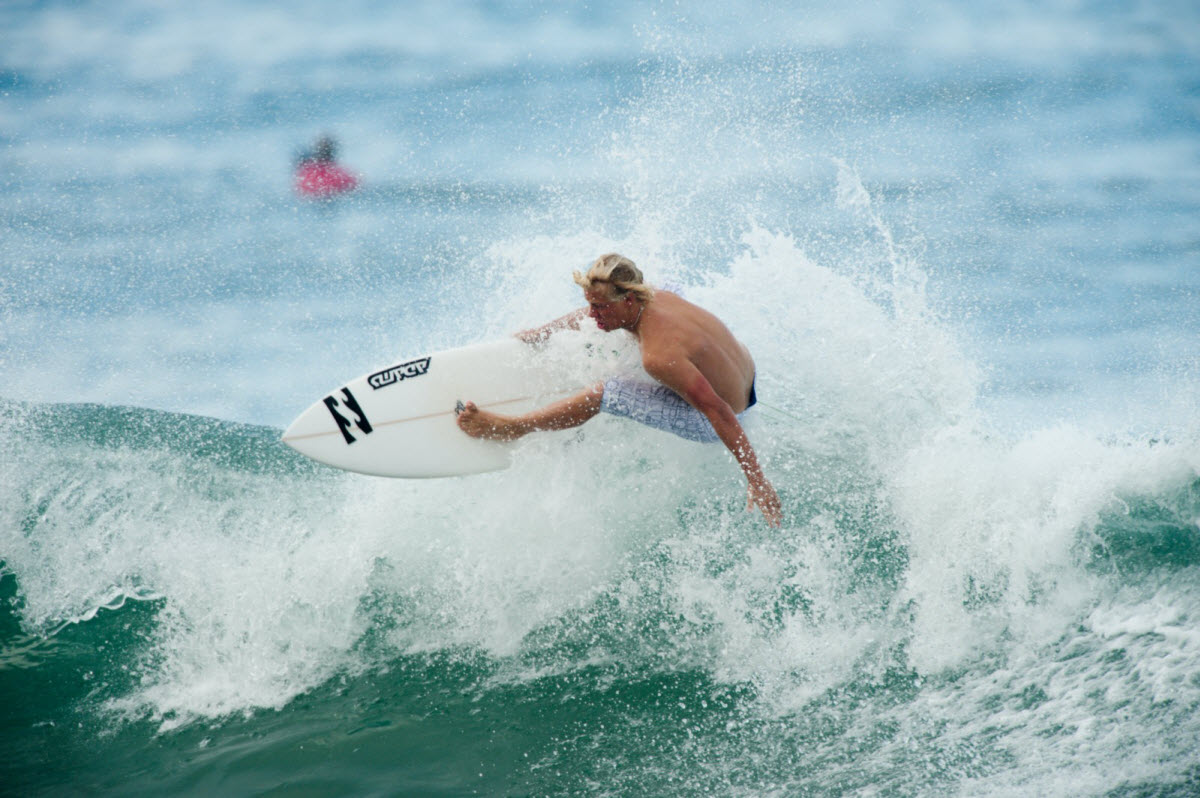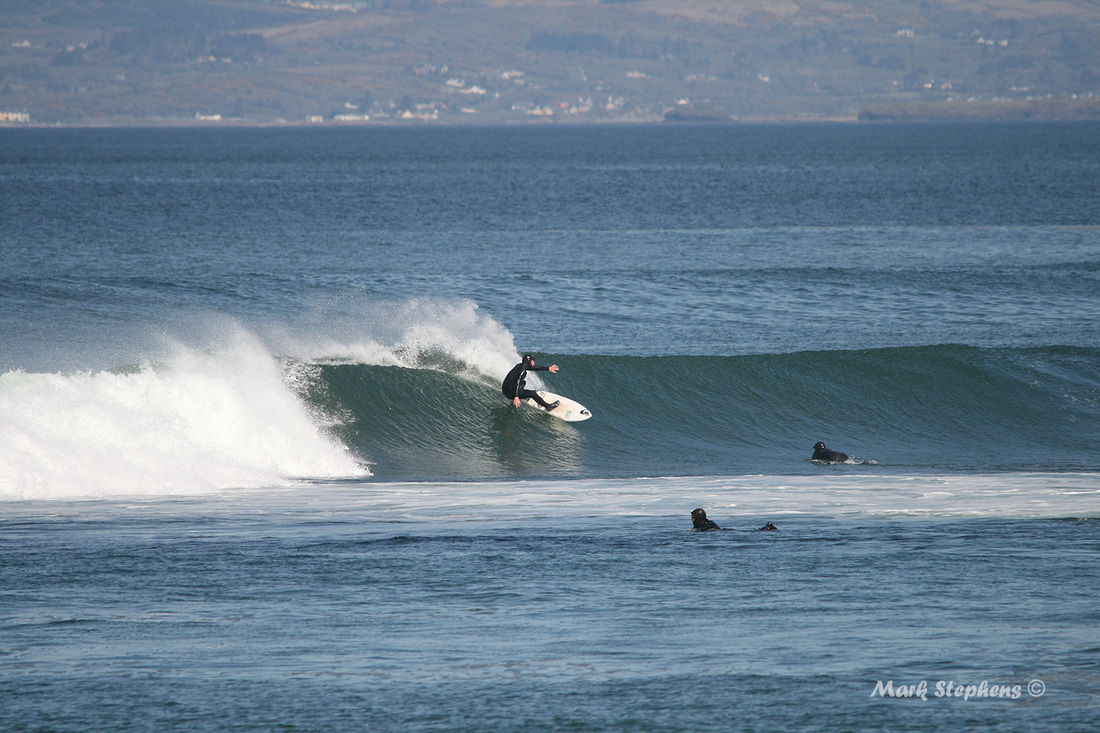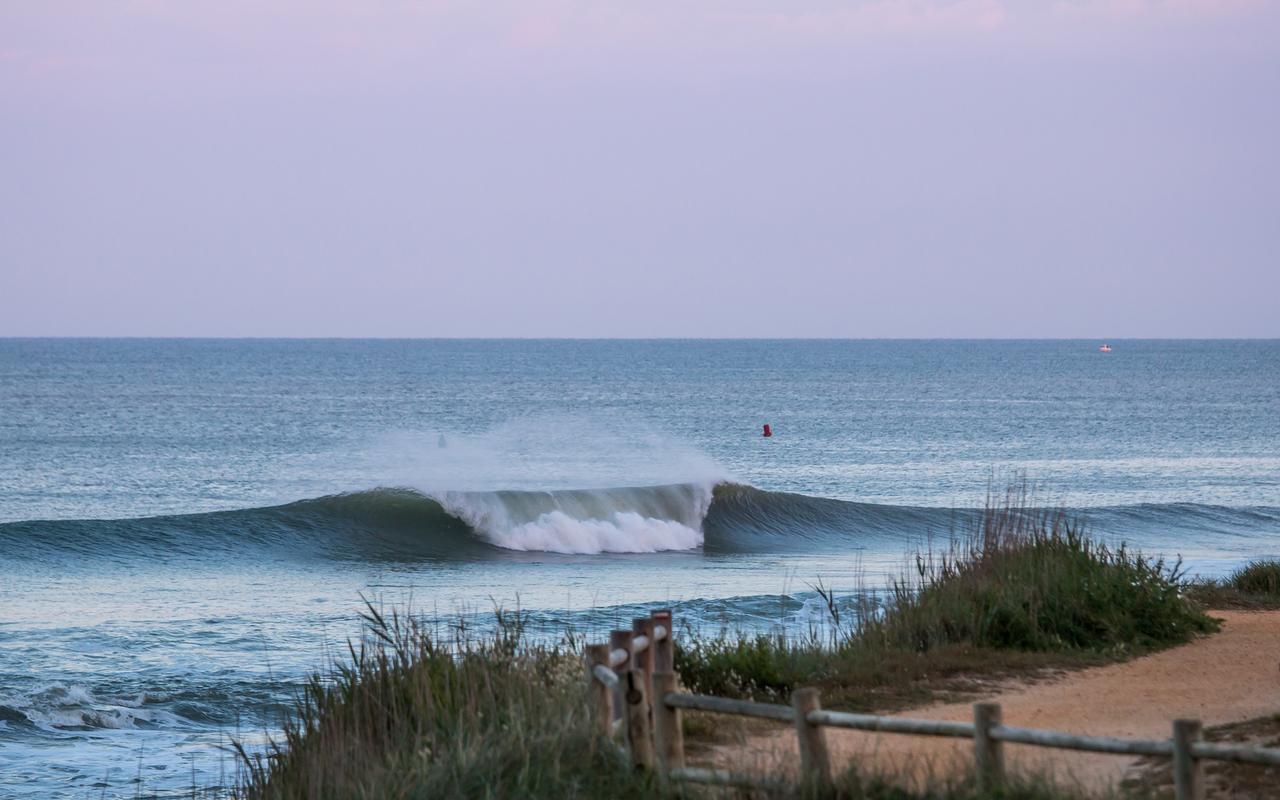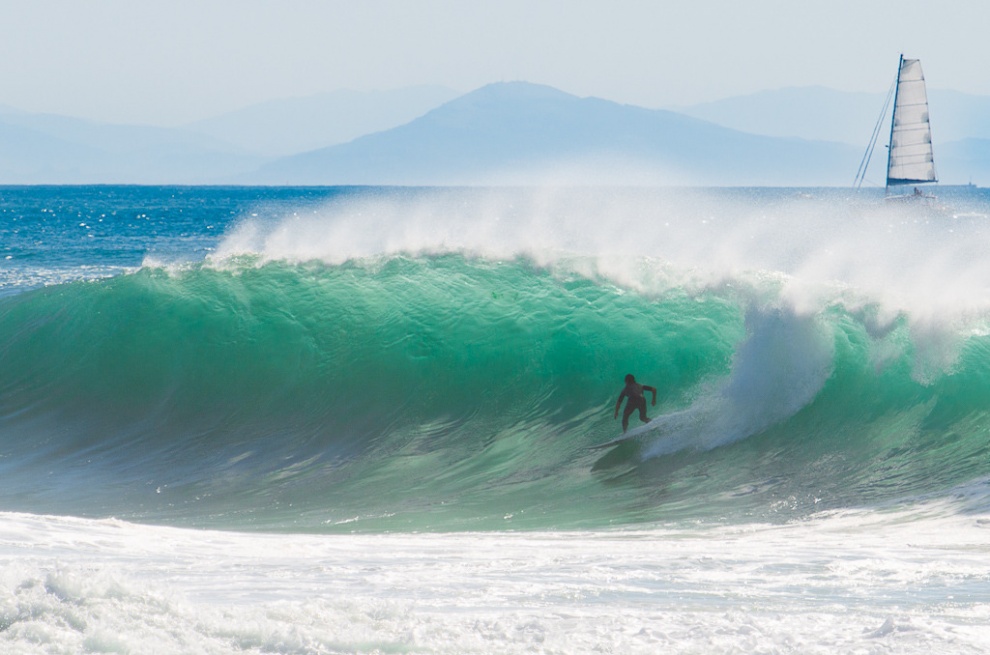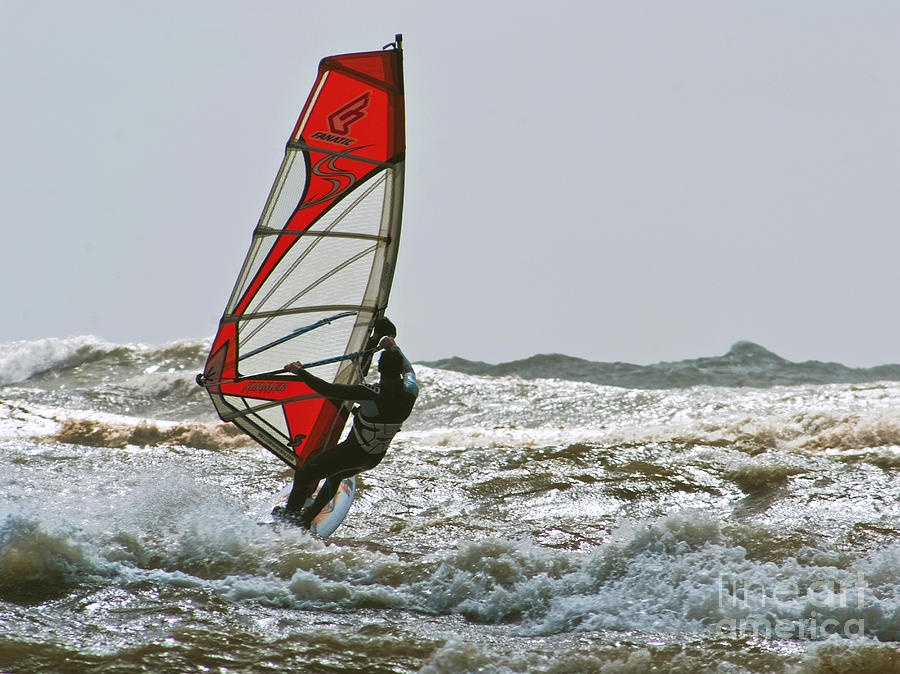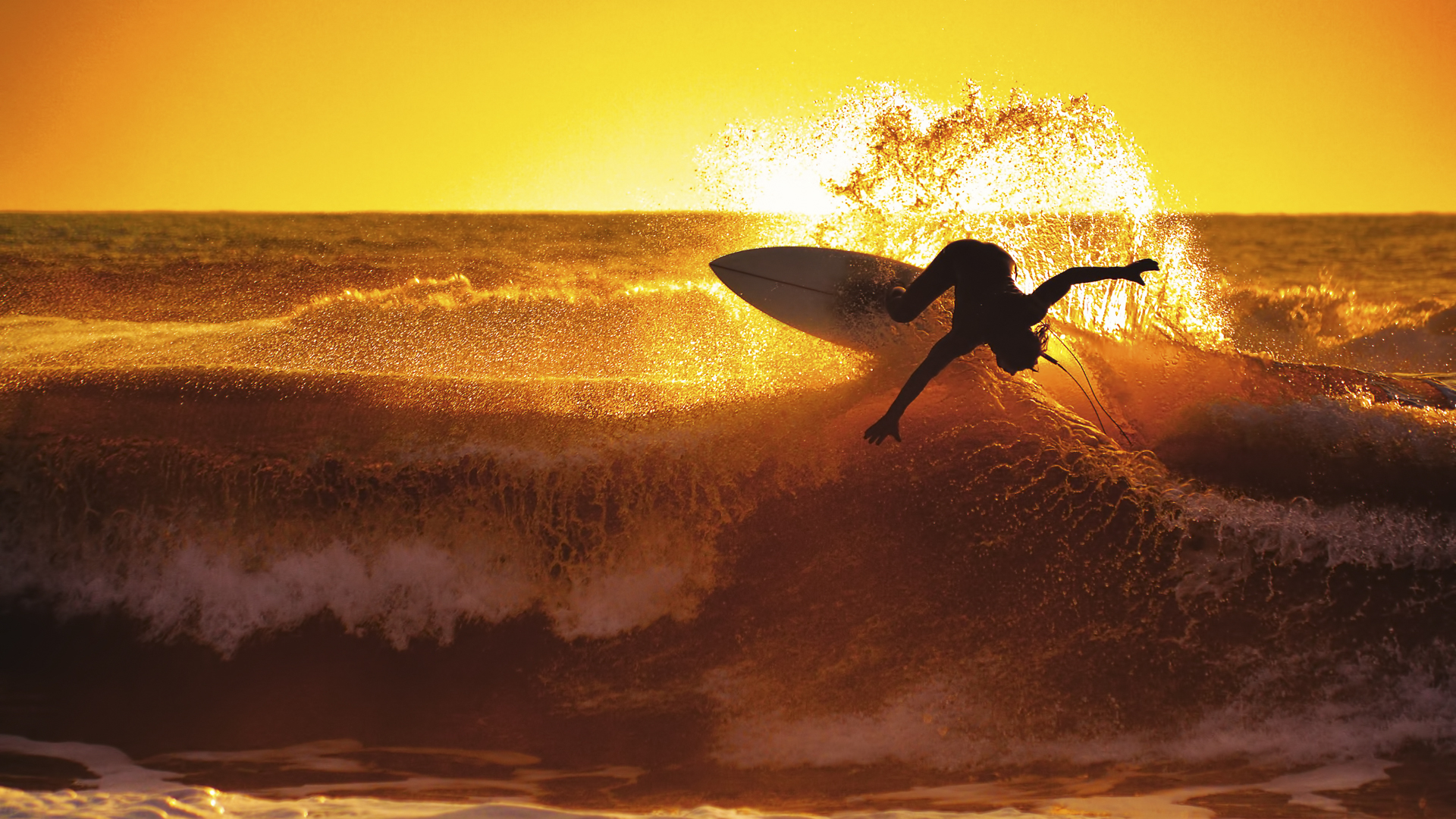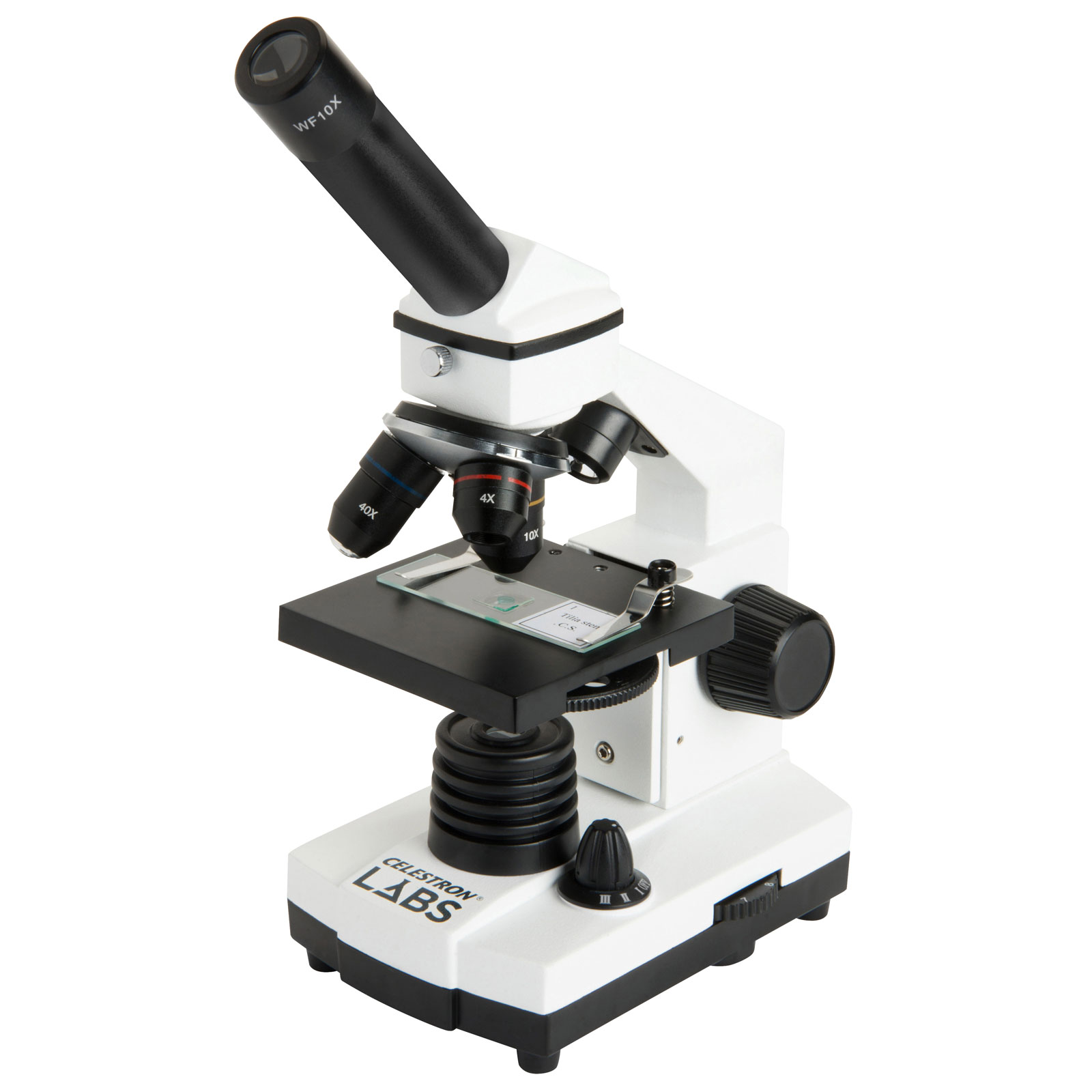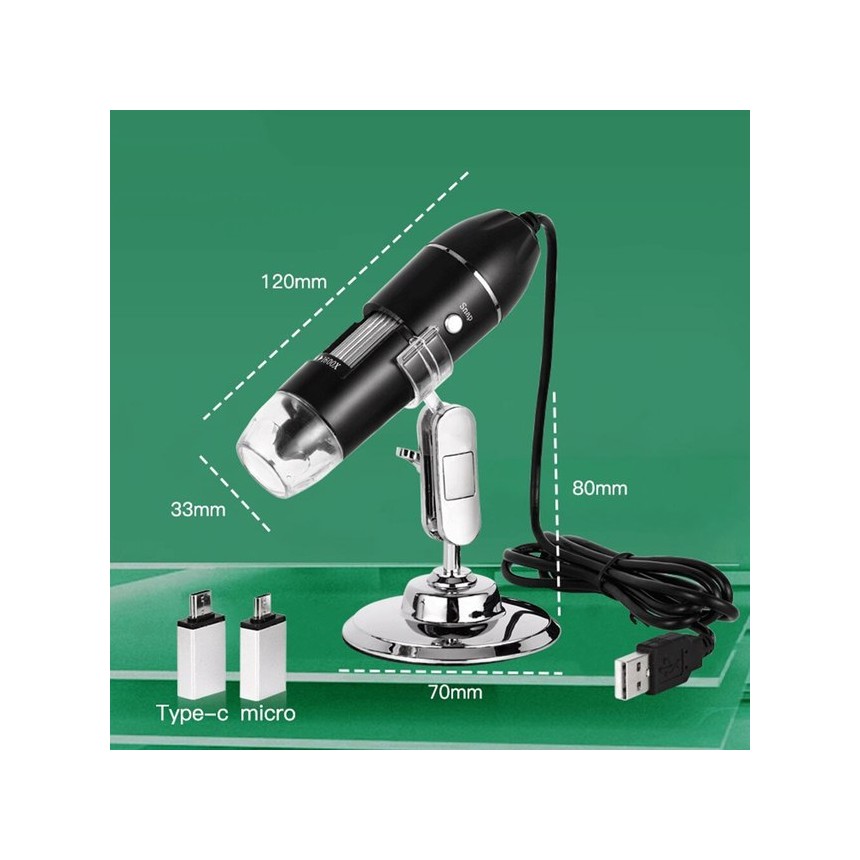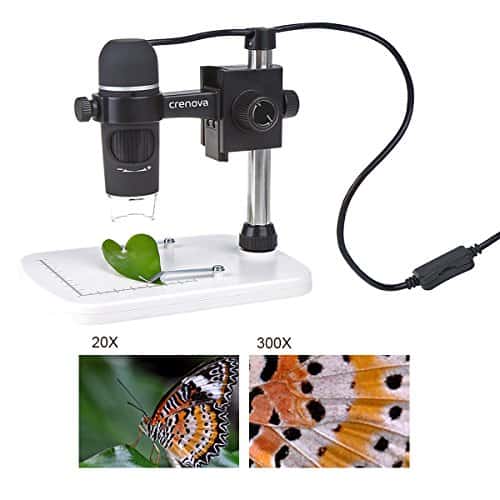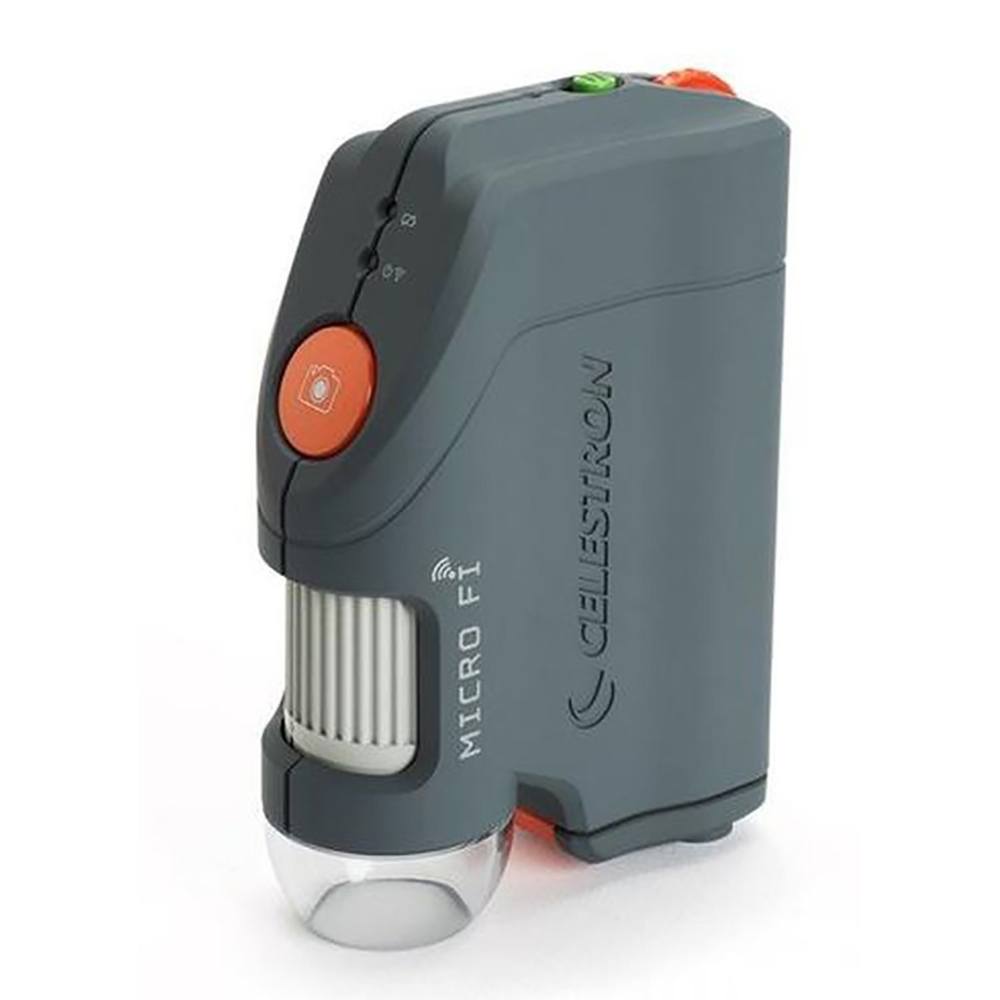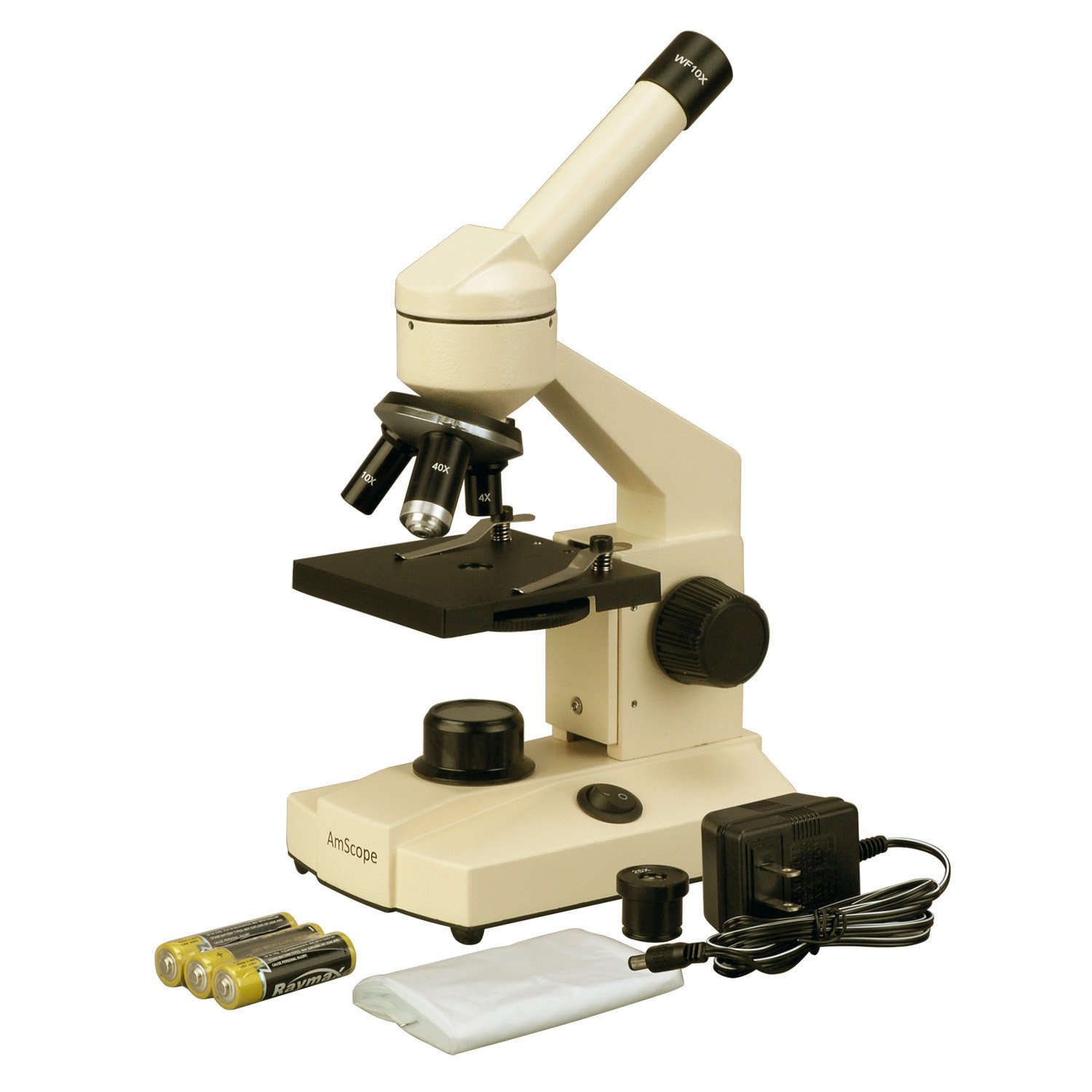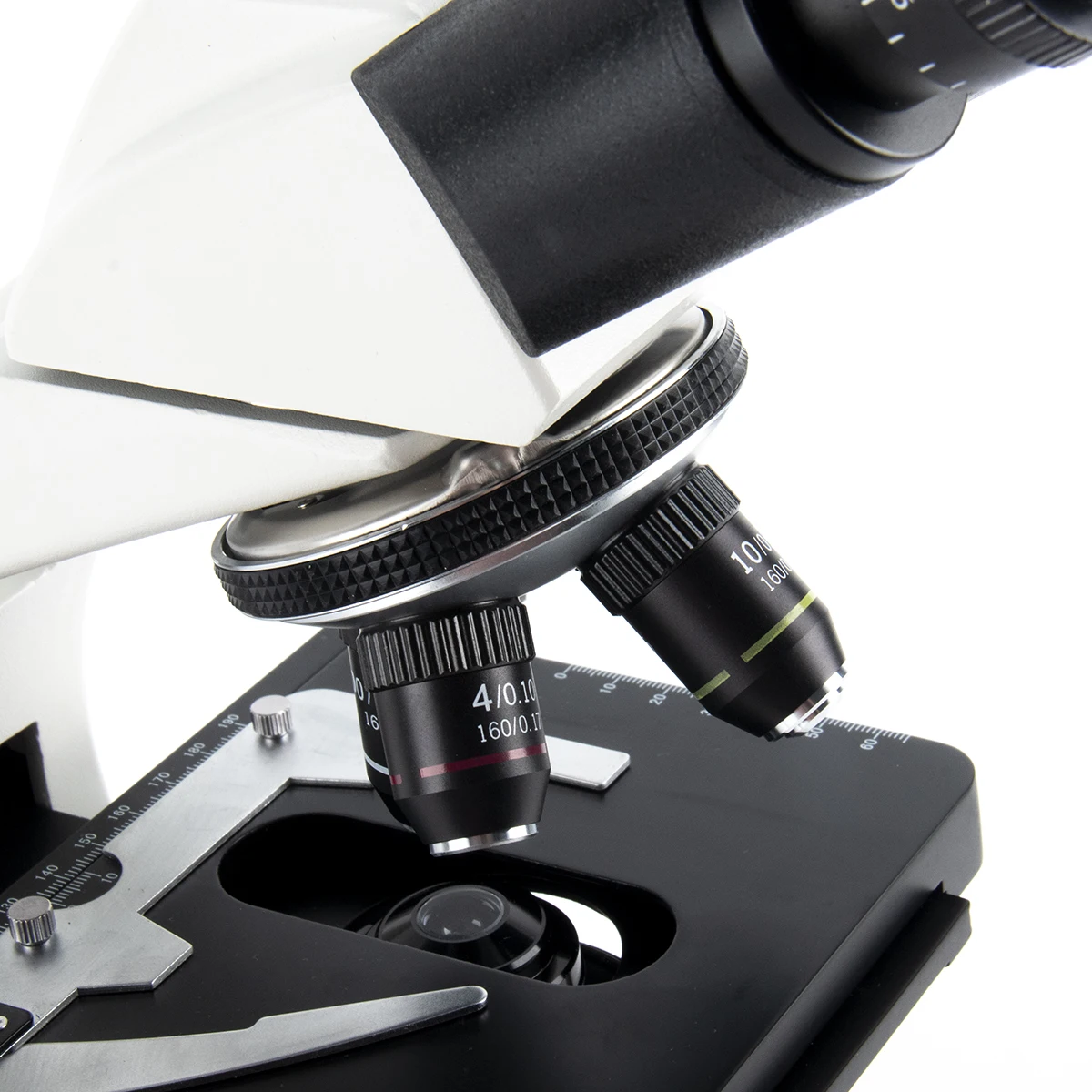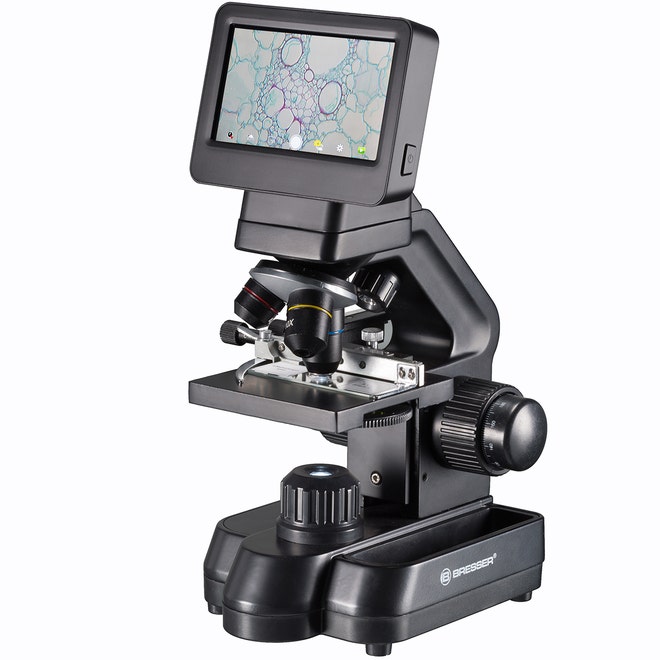Discover Pandipedia
Pandipedia is the world's first encyclopaedia of machine generated content approved by humans. You can contribute by simply searching and clicking/tapping on "Add To Pandipedia" in the answer you like. Learn More
Expand the world's knowledge as you search and help others. Go you!
Let's look at alternatives:
- Modify the query.
- Start a new thread.
- Remove sources (if manually added).
- Request a manual search from our human research team.

La Zurriola Beach
A popular spot in San Sebastian, Spain, with an active surfing culture and competitions[3].

Sennen Cove Beach
England's most westerly surf spot, known for great breaking waves and a less crowded atmosphere[3].
Atlantic Coast, France
Features challenging beach breaks and roaring tubes along wind-swept dunes[2].
Kiltmøller
Also known as Cold Hawaii, celebrated for its stunning scenery and cold surf conditions[3].

Tofino, Canada
While not in Europe, Tofino is renowned for its powerful waves and surf culture. This can be referenced in the context of inspiring surf spots across the globe[1].

El Cotillo
Renowned for warm water and excellent surf schools, featuring beautiful white beaches and volcanic coves[1].
Let's look at alternatives:
- Modify the query.
- Start a new thread.
- Remove sources (if manually added).
- Request a manual search from our human research team.
Get more accurate answers with Super Search, upload files, personalised discovery feed, save searches and contribute to the PandiPedia.
In recent years, the advent of text-to-image diffusion models has revolutionized how we generate images. These models allow users to input a descriptive text, which the model then transforms into a visual representation. However, enhancing control over the image generation process has become an essential focus in the field. This blog post discusses a novel approach named ControlNet, which adds conditional controls to text-to-image diffusion models, enabling more precise and context-aware image generation.
Understanding Text-to-Image Diffusion Models
Text-to-image diffusion models like Stable Diffusion work by gradually adding noise to an image and then reversing this process to generate new images from textual descriptions. These models are trained on vast datasets that help them learn to denoise images iteratively. The goal is to produce images that accurately reflect the input text. As stated in the paper, 'Image diffusion models learn to progressively denoise images and generate samples from the training domain'[1].
Despite their impressive capabilities, these models can struggle with specific instructions. For instance, when users require detailed shapes or context, the model may produce generic outputs. This limitation led to the development of Conditional Control, where the model learns to incorporate additional information, such as edges or poses, into its generation process. ControlNet was designed to leverage various conditions to enhance the specificity and relevance of the generated images.
Introducing ControlNet
ControlNet is a neural network architecture that integrates spatial conditioning controls into large pre-trained text-to-image diffusion models. The primary objective of ControlNet is to allow users to add dimensions of control that were not previously possible. The approach involves using a technique called 'learned conditions,' which allows the model to accept additional inputs, like edge maps or human poses, to influence the resulting image.
The authors describe ControlNet as follows: 'ControlNet allows users to add conditions like Canny edges (top), human pose (bottom), etc., to control the image generation of large pre-trained diffusion models'[1]. This means that rather than solely relying on textual prompts, users can provide additional contextual cues that guide the generation process more effectively.
Applications of ControlNet

ControlNet has shown promising results in various applications. It can create images based on input conditions without requiring an accompanying text prompt. For example, a sketch input or a depth map could be used as the sole input, and ControlNet would generate a corresponding image that accurately reflects the details in those inputs.
The paper details numerous experiments demonstrating how ControlNet improves the fidelity of generated images by integrating these additional conditions. For instance, when testing with edge maps, the model could produce images that adhere closely to the specified shapes and orientations dictated by the input, leading to “high-quality, detailed, and professional images”[1].
Methodology Behind ControlNet
The architecture of ControlNet involves adding layers that handle different kinds of inputs. It connects to pre-trained diffusion models while introducing zero-convolution layers, which help prevent the detrimental effects of noise during training. The flexibility of ControlNet allows it to adapt to various types of prompts seamlessly.
By leveraging a foundation of large pre-trained models, ControlNet also benefits from their robust performance while fine-tuning them specifically for new tasks. The authors highlight that “extensive experiments verify that ControlNet facilitates wider applications to control image diffusion models”[1]. This adaptability is crucial for tackling diverse use cases and ensuring that the model can respond accurately to its inputs.
Training and Performance

To train ControlNet, researchers employed a method that involves optimizing for a range of conditions simultaneously. This multifaceted training process equips the model to recognize and interpret various inputs consistently. The results showed significant improvements, particularly noted through user studies where participants ranked the quality and fidelity of generated images. ControlNet was often rated higher than models that only depended on text prompts, proving the effectiveness of incorporating additional controls[1].
Another compelling aspect discussed in the paper is the impact of training datasets on performance. The researchers illustrated that the model's training does not collapse when it is limited to fewer images, indicating its robustness in learning from varying quantities of data. Users were able to achieve desirable results even when the training set was significantly restricted[1].
Conclusion: The Future of Image Generation
In summary, ControlNet represents a significant advancement in the capabilities of text-to-image generation technologies. By integrating conditional controls, it offers users greater specificity and reliability in image creation. This added flexibility makes it particularly beneficial for artists and designers seeking to generate highly customized images based on various inputs.
As these models continue to evolve, the seamless integration of more complex conditions will likely lead to even more sophisticated image synthesis technologies. With ongoing enhancements and refinements, ControlNet positions itself as a powerful tool in the intersection of artificial intelligence and creative expression, paving the way for innovative applications across multiple domains.
Let's look at alternatives:
- Modify the query.
- Start a new thread.
- Remove sources (if manually added).
- Request a manual search from our human research team.

Composting is the process of recycling organic materials, such as food scraps and yard waste, into nutrient-rich soil. You can effectively compost by maintaining a balance of 'green' materials (rich in nitrogen, like kitchen scraps) and 'brown' materials (rich in carbon, such as dried leaves) at a ratio of about one part green to three parts brown[3][5].
To start, choose a suitable location for your compost bin, ideally in a shaded area with good drainage. Layer your compost materials, turn them regularly to aerate the pile, and keep it moist yet not soggy[2][4][5]. This process helps reduce waste and enhances soil quality[1][6].
Let's look at alternatives:
- Modify the query.
- Start a new thread.
- Remove sources (if manually added).
- Request a manual search from our human research team.

Enzymes play a crucial role as biological catalysts in regulating the rate of chemical reactions in living organisms, facilitating essential processes such as digestion, metabolism, and energy transformation without being consumed in the reaction. They operate by binding to specific substrates at their active sites, forming enzyme-substrate complexes and lowering the activation energy required for the reactions to occur, thus increasing reaction rates significantly[1][4][5].
Each enzyme is highly specific to its substrate, acting on particular molecules to produce defined products. They ensure that metabolic pathways function correctly, allowing the body to manage various biochemical processes efficiently[2][3][4].
Let's look at alternatives:
- Modify the query.
- Start a new thread.
- Remove sources (if manually added).
- Request a manual search from our human research team.
The Role of Fashion Throughout History
Fashion is a multifaceted phenomenon that extends beyond mere clothing; it is a powerful reflection of identity, culture, and social dynamics. Over the centuries, fashion has served as a tool for individual expression, a marker of social status, and a medium for political activism, illustrating its significance throughout history.
Cultural and Social Identity

From ancient civilizations to modern times, clothing has been integral to expressing cultural identity and societal values. Ancient Egyptians, for instance, wore specific garments that indicated their social status and roles within society. Nobility adorned themselves in elaborate linen while commoners donned simpler attire, showcasing fashion as a visual language indicating power and identity[2][10]. Similarly, in ancient Greece, draped garments emphasized ease and functionality, reflecting the societal value placed on movement and freedom[9].
In regions like Asia and Africa, traditional garments such as the kimono in Japan or the vibrant kente cloth in Ghana carry deep cultural significance. Each piece tells a story that encompasses the wearer's heritage, values, and societal belonging, reinforcing individual and collective identities[6][8]. Traditional clothing, therefore, acts as a bridge between personal identity and cultural heritage, highlighting pride in communal history.
Fashion as a Tool for Political Expression

Fashion has also played a pivotal role in various social movements, from the suffragettes in the early 20th century who used clothing to advocate for women's rights to civil rights activists who employed fashion to assert dignity and unity. The suffragettes famously wore white, purple, and green to symbolize their fight for equality, making their fashion choices a form of protest against societal norms[1][3]. Similarly, during the Civil Rights Movement, figures like Rosa Parks chose to present themselves in tailored and respectable attire to counter stereotypes and showcase the dignity of African Americans[5][9].
In the 1960s, fashion became a form of rebellion and identity for younger generations, especially during the counterculture movement. The mini-skirt epitomized a break from traditional expectations, symbolizing liberation and women's newfound autonomy[1][3]. This use of fashion as a medium of political expression has persisted into contemporary movements, where individuals and groups continue to use clothing to communicate their causes and beliefs.
Economic and Environmental Impact
The Industrial Revolution marked a significant change in the fashion landscape, shifting from handmade garments to mass production. This period democratized fashion, making clothing more accessible across different social classes. However, it also brought challenges, notably in terms of labor exploitation and environmental sustainability[2][10]. Today, there is a growing awareness of the ethical implications faced by the fashion industry, with movements advocating for sustainable practices gaining traction in response to the environmental crises caused by fast fashion[8][9].
The fashion industry has faced criticisms for its environmental costs and the socio-economic ramifications of cultural appropriation. As globalization allowed for cultural exchanges, fashion has sometimes mirrored power imbalances, leading to accusations of insensitivity and exploitation[7][9].
Contemporary Fashion as a Cultural Force
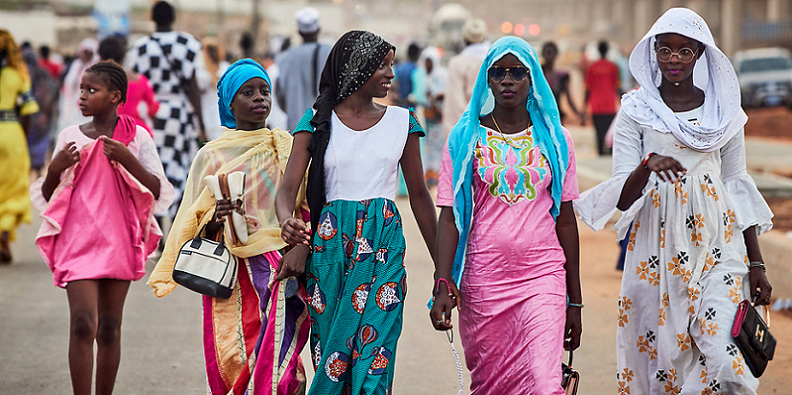
In modern times, fashion remains a vibrant medium for expressing individual and communal identities while also navigating complex social issues. The rise of social media platforms has amplified this dynamic, making fashion a global conversation where trends emerge and evolve rapidly[8][10]. Fashion now serves as a canvas for youth culture, allowing for the experimentation of styles that transcend geographical boundaries.
The impacts of movements like Black Lives Matter and climate activism are evident in fashion choices today, where individuals and brands align with progressive values through their clothing[4][8]. This contemporary intersection of fashion with sociopolitical activism underscores its continued relevance as a means for social change.
Conclusion
Fashion throughout history has proven to be more than just a superficial aspect of society; it is an intricate tapestry that weaves together culture, identity, and the complexities of human expression. Whether as a marker of status in ancient civilizations or as a vehicle for political statement in modern movements, the significance of fashion continues to evolve, reflecting the changing narratives of society. Understanding its role allows deeper insights into the cultural and social dynamics that shape human experiences across time.
Let's look at alternatives:
- Modify the query.
- Start a new thread.
- Remove sources (if manually added).
- Request a manual search from our human research team.
Get more accurate answers with Super Search, upload files, personalised discovery feed, save searches and contribute to the PandiPedia.
Amscope OMAX 40x-2000x Lab LED Binocular Microscope
This microscope offers up to 2000x magnification and is constructed mainly from metal, featuring LED lighting with dimmer controls for better visibility. It comes fully assembled and is ideal for home and school use.
Plugable USB-MICRO-250X
A compact digital microscope with a 2.0-megapixel camera, offering up to 250x magnification. It features a flexible arm for easy use and adjustable LED halo lighting for optimal illumination of specimens[4].
Carson Pocket Micro
A classic and affordable pocket microscope that allows magnification from 20x to 60x. It is user-friendly, making it suitable for collectors and casual observation[2].

Discovery Toys Explore IT!
Designed for children, this pocket microscope is affordable and easy to use, making it perfect for engaging kids with basic microscopy outdoors[2].

Bresser Biolux NV 20x-1280x
A beginner-friendly microscope with a wide magnification range from 20x to 1280x, featuring an LED lamp and built-in camera for capturing images of observed specimens[1].
Celestron CM800 Compound Microscope
A lab-grade microscope with a magnification range of up to 800x, including adjustable LED illumination and portability through AA battery power. It's ideal for college students and for outdoor use[1].
Max-See Digital Wi-Fi Microscope
This microscope enables wireless viewing on a smartphone or tablet, providing a close look without needing an eyepiece, making it portable and user-friendly for educational purposes[1].
Amscope Trinocular Microscope
Designed for advanced users, this microscope has a magnification capability that varies from 40x to 2000x, and includes a camera port to capture images or video for educational activities[3].
Swift SW380T Trinocular Microscope
With up to 2500x magnification and six levels of options including 1000x, this research-grade microscope is equipped for clinic-level use and allows for camera attachment[1].
Amscope Beginner Microscope Set
Aimed at young scientists, this set includes a robust beginner microscope with up to 200x magnification and comes with smart slides that display educational content to spark interest in biology[3].
Carson’s zOrb
This egg-shaped microscope is designed for scanning surfaces with an 81x magnification and can project images onto a monitor, ideal for examining documents or collectibles outdoors[2].
Opti-Tekscope OT-HD
A compact digital microscope with a 1600x1200 resolution, designed for handheld and table use with adjustable lighting, suitable for various observational needs[4].
Crenova UM012C Microscope
Equipped with a 5-megapixel camera for clear images and up to 300x magnification, this microscope is compatible with both Windows and Mac OS for easy image capture and observation[4].
Celestron Portable Microscope
Features a durable design and a range from 20x to 200x magnification, equipped with a USB connection for digital observations, making it convenient for outdoor use[4].
Amscope M100C-LED Monocular Microscope
This monocular microscope allows magnification from 40x to 1000x, featuring a durable metal construction and LED illumination, perfect for studying various specimens[4].
S20 Stereo Microscope
A beginner-friendly stereo microscope providing 20x power with easy focus control, ideal for viewing larger objects such as bugs or leaves with built-in LED illumination[1].
Laboratory Digital Microscope - CMAX ABS
With a magnification of 40x to 800x and digital capability, this model allows for easy capturing of observations and is suitable for more advanced studies[3].
National Geographic Kids Microscopic Set
This set is perfect for introducing kids to microscopy, featuring a robust build and up to 200x magnification for exploring leaves, insects, and more outdoors[3].
Bresser Biolux Touch Microscope
A modern microscope featuring a 5MP digital camera and a touchscreen interface for viewing microscopic subjects on a connected display, making it engaging for users[1].
Amscope Beginner’s Microscope with Smart Slides
Aimed at children, this microscope allows up to 200x magnification and includes interactive slides to educate young learners about biology and nature[3].
Carson MicroBrite Plus 60x-120x Microscope
Lightweight and portable, this pocket microscope offers magnification up to 120x, making it suitable for small-scale observations and outdoor adventures[2].
OMAX 40x-2000x LED Lab Microscope
Provides a high level of magnification with rugged design and LED illumination, suitable for educational and amateur usage in various conditions[3].
Let's look at alternatives:
- Modify the query.
- Start a new thread.
- Remove sources (if manually added).
- Request a manual search from our human research team.
Let's look at alternatives:
- Modify the query.
- Start a new thread.
- Remove sources (if manually added).
- Request a manual search from our human research team.

To manage a team effectively, focus on clear communication about ongoing projects, goals, and deadlines, ensuring team members feel informed and comfortable approaching you with questions or feedback[2]. Establishing strong relationships with each team member on both professional and personal levels can enhance rapport and trust within the team[2].
Additionally, it is important to recognize individual strengths for effective task delegation and to address any conflicts immediately to maintain a positive work atmosphere[2]. Providing positive feedback boosts team morale and encourages engagement, while leading by example helps to gain your team's respect and commitment[2][1].
Let's look at alternatives:
- Modify the query.
- Start a new thread.
- Remove sources (if manually added).
- Request a manual search from our human research team.

Minimalism is an art movement that emerged in the post–World War II era, primarily in Western art, and is closely associated with American visual arts during the 1960s and early 1970s. It serves as a reaction against abstract expressionism and modernism, emphasizing simplicity and the idea that a work of art should not refer to anything beyond itself, stripping away any extraneous visual associations[1].
In visual arts, minimalism features characteristics such as hard edges, linear lines, and simple forms, often using industrial materials in sculpture, which highlight geometric shapes[1]. The minimalist philosophy also extends to music, literature, design, and architecture, focusing on reducing elements to their essential qualities[1]. For instance, minimalist architecture seeks simplicity through basic geometric forms and a dialogue between the structure and its surroundings, influenced by principles found in Japanese design and Zen philosophy[1].
Let's look at alternatives:
- Modify the query.
- Start a new thread.
- Remove sources (if manually added).
- Request a manual search from our human research team.

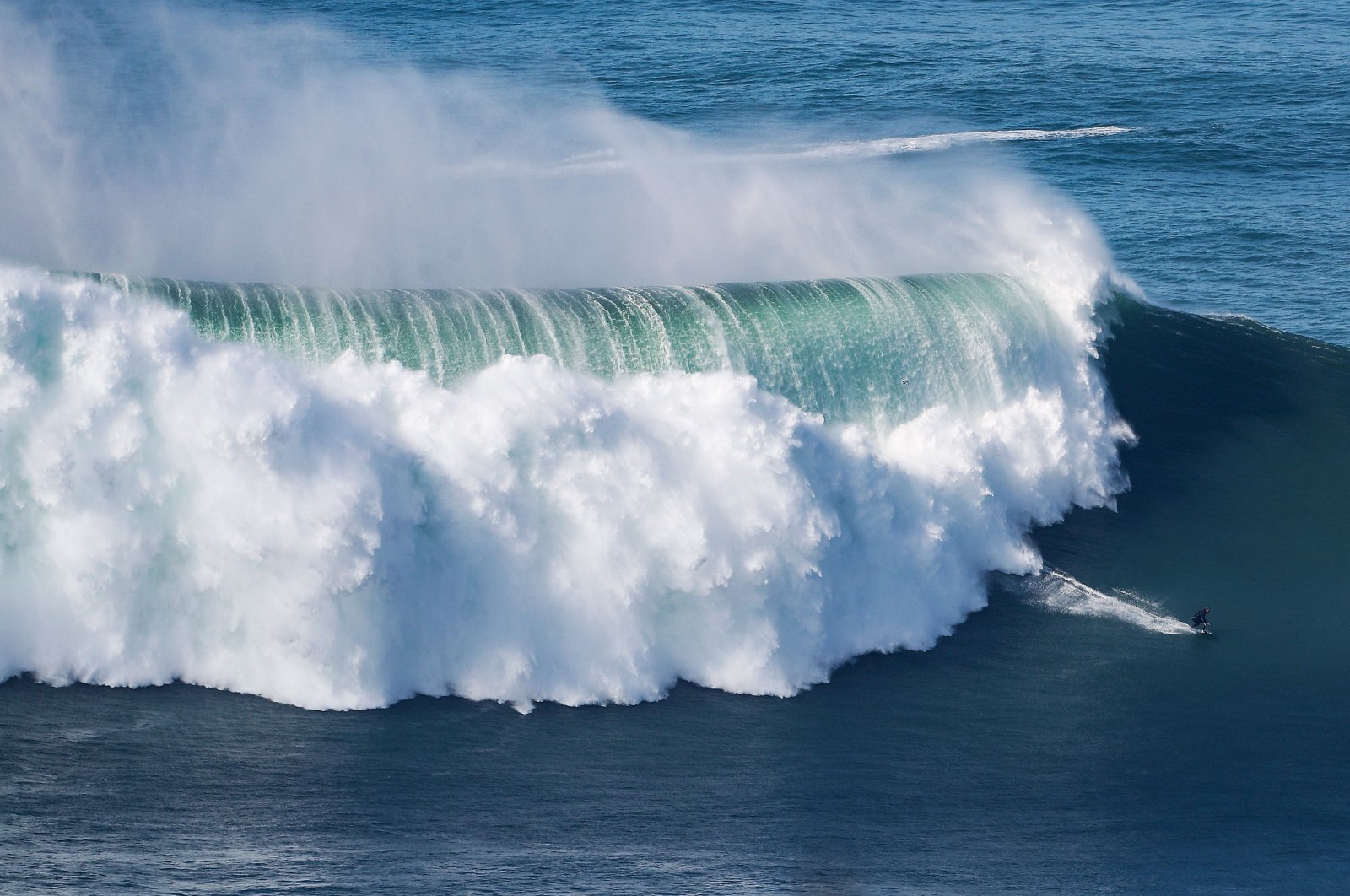

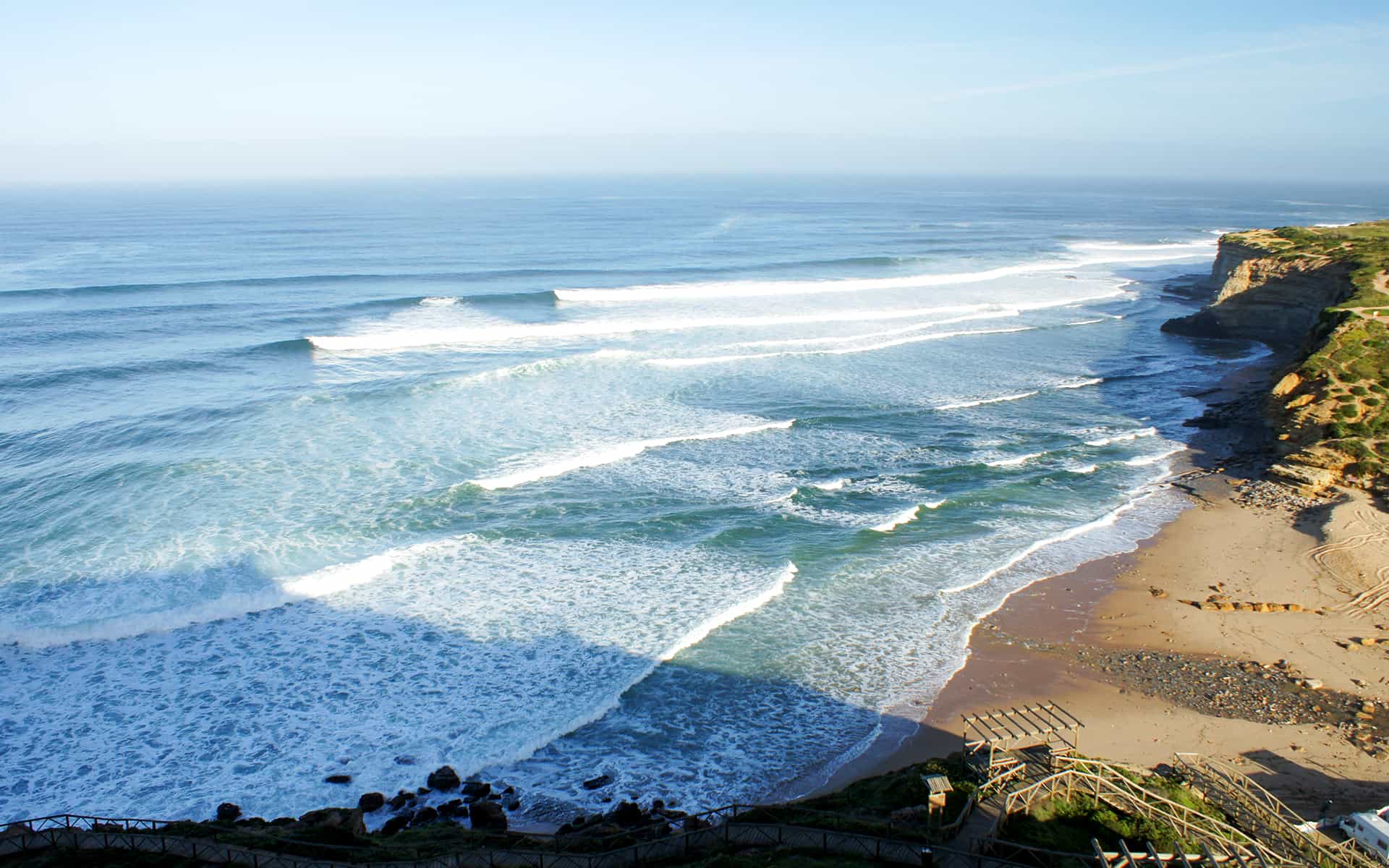


:max_bytes(150000):strip_icc()/surfing-spain-ts-paulavalley-2-7d960d8ceba04695a8b0886a62407fb3.jpg)
